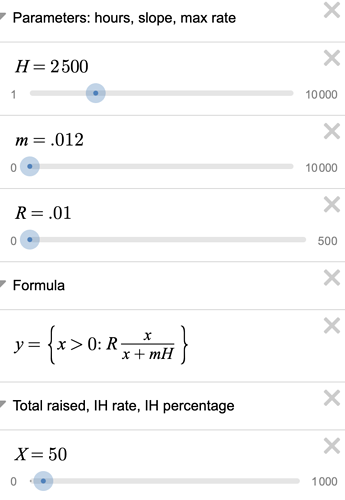Ready to go down this rabbit hole? It’s one of the juiciest pieces of the hatch. How do we accurately and fairly reward all of the hatchers that contribute to the Cultural Build? This component of the hatch is called The Cultural Tribute.
How are contributions measured?
Cultural contributions are measured using a praise system. Hatchers of the trusted seed of the community are enabled the ability to cast praise on any community member that has registered their telegram identity with the praise bot, a community initialization mechanism built into telegram by the commons stack. Read more about Acknowledging & Rewarding Contributions to the TE Commons .
The inital spec in that doc describes the three features of the contribution measurement process, Acknowledgement, Boundary Process, and Single Reward.
Acknowledgement is the ability to track work done. This is achieved with the praise bot which records every instance of praise being cast and saves it into a google sheet. This praise data can then be further processed by community members.
The Boundary Process is the scoring system which determines how many impact hours are granted for for each specific praise instance. Each praise may yield varying amounts of impact hours from, zero impact hours, to low impact hours, to high impact hours. Learn more about the praise quantification proprosal.
Single Reward
Praised work that is directly compensated by funding from Gitcoin grants will yield less impact hours.
The general idea is that people who contribute to the Cultural Build earn Impact Hours, and that Impact Hours will translate to approximately $20-$200 per hour in Hatch Contributions. 1-10% of the funds donated during the Hatch would create tokens for the people who contributed to the Cultural Build.
Test Hatch #1
The current TESTTEC system is straight forward. The more funds that are raised, the higher the hourly wage for impact hours becomes. Additionally, the more funds that are raised, the larger the portion of tokens that are paid back to ‘co-vesters’. These two properties mean hatchers are incentivized to raise more funds, and co-vesters are incentivized to invest more funds. A third variable to consider is the total number of impact hours contributed. As the total impact hours goes higher, the hourly DAI payout per hours goes down. These properties can be observed in the example data here, and in the notebook analysis here.
This is clearly a very important and complex aspect of the hatch. There are many facets of this topic that can be touched on, please post any thoughts or additional useful resources in the comments of this thread. If you are wondering where to get started thinking on this topic, I highly recommend starting by reading The Trusted Seed of the Commons Stack. Looking forward to hearing your thoughts!



